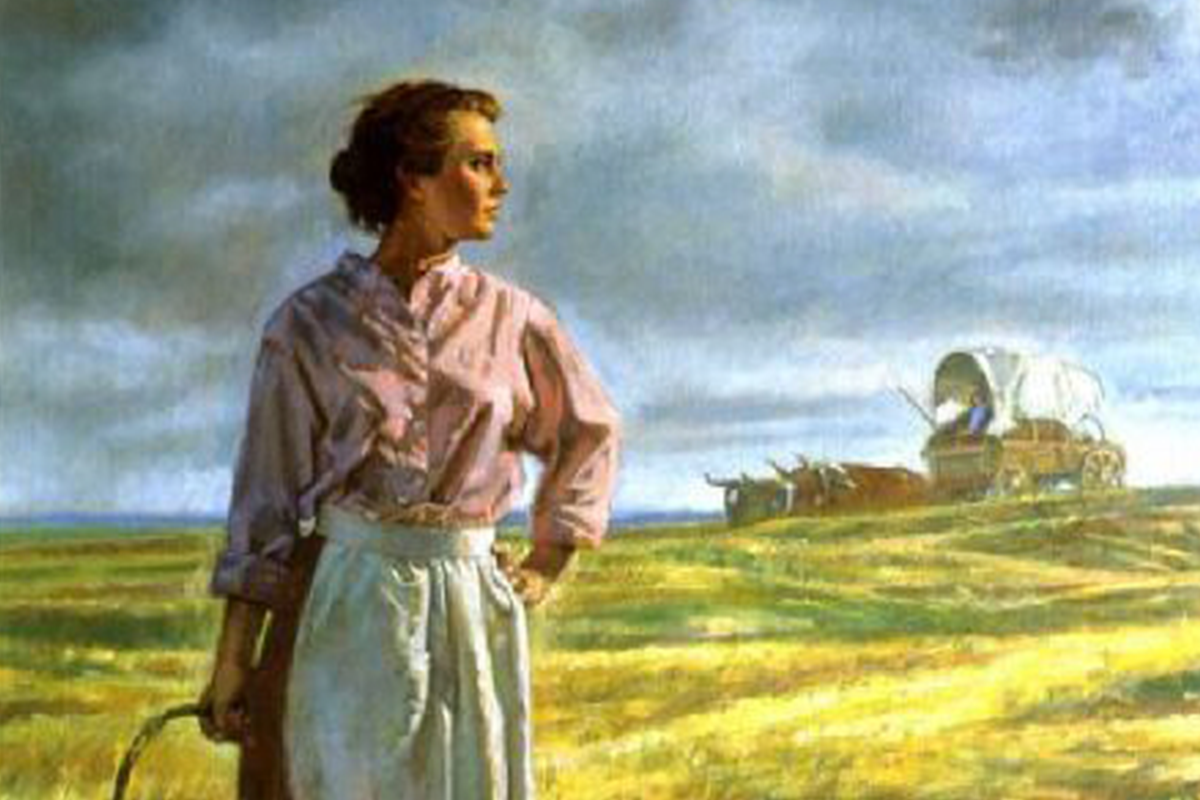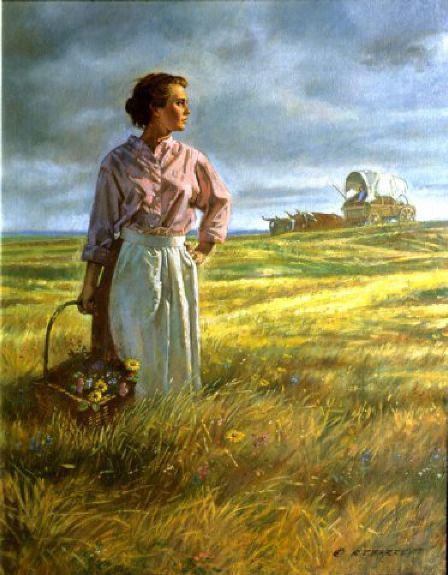Prairie Fever was also known as “Prairie Madness.” It affected settlers emigrating to the Great Plains following the Homestead Act of 1862. It affected men but women were more prone to the affliction caused by isolation and the loneliness on the endless, windblown prairies. Women were often left behind while their husbands made the day-long wagon ride to a settlement for supplies. Frequent pregnancies could bring on anxiety. There was a lament about being a settler’s wife that went, “One in the crib, one on the breast and one on the way.” Symptoms included depression, withdrawal, changes in character and violence. In extreme cases it could cause murder or suicide.
A few years ago author Glendon Swarthout wrote a best-selling novel titled “The Homesman,” that was later made into a movie starring Tommy Lee Jones and Hillary Swank. A homesman was a man hired by farmers whose wives had contracted prairie fever, to collect the stricken women and take them to the settlements near the frontier where women’s societies would try to locate their families in the East. If that failed, they would be placed in an insane asylum in a city such as Chicago. James Michener, in his 1976 book Centennial, related a similar story during the Dust Bowl years on the Plains in the 1930s. In this story wife murdered her children.







